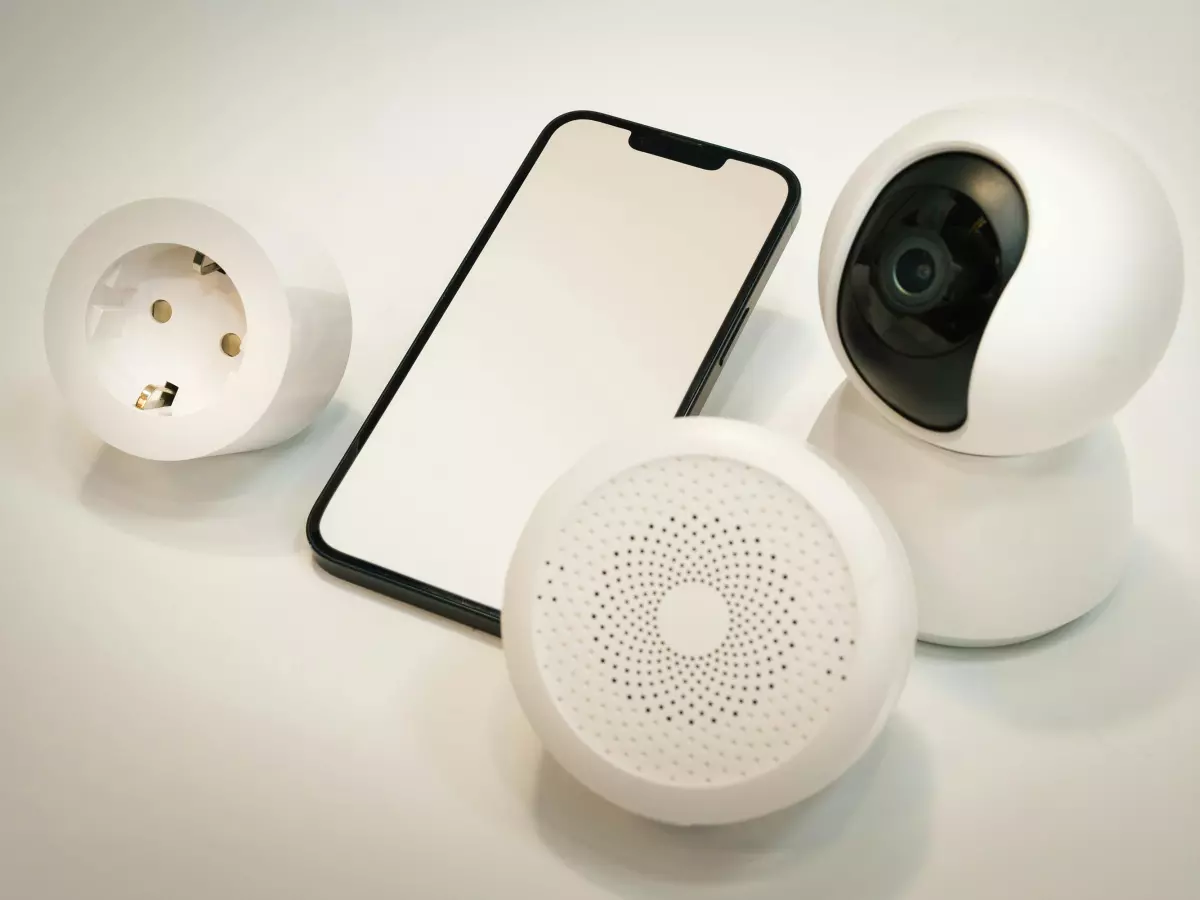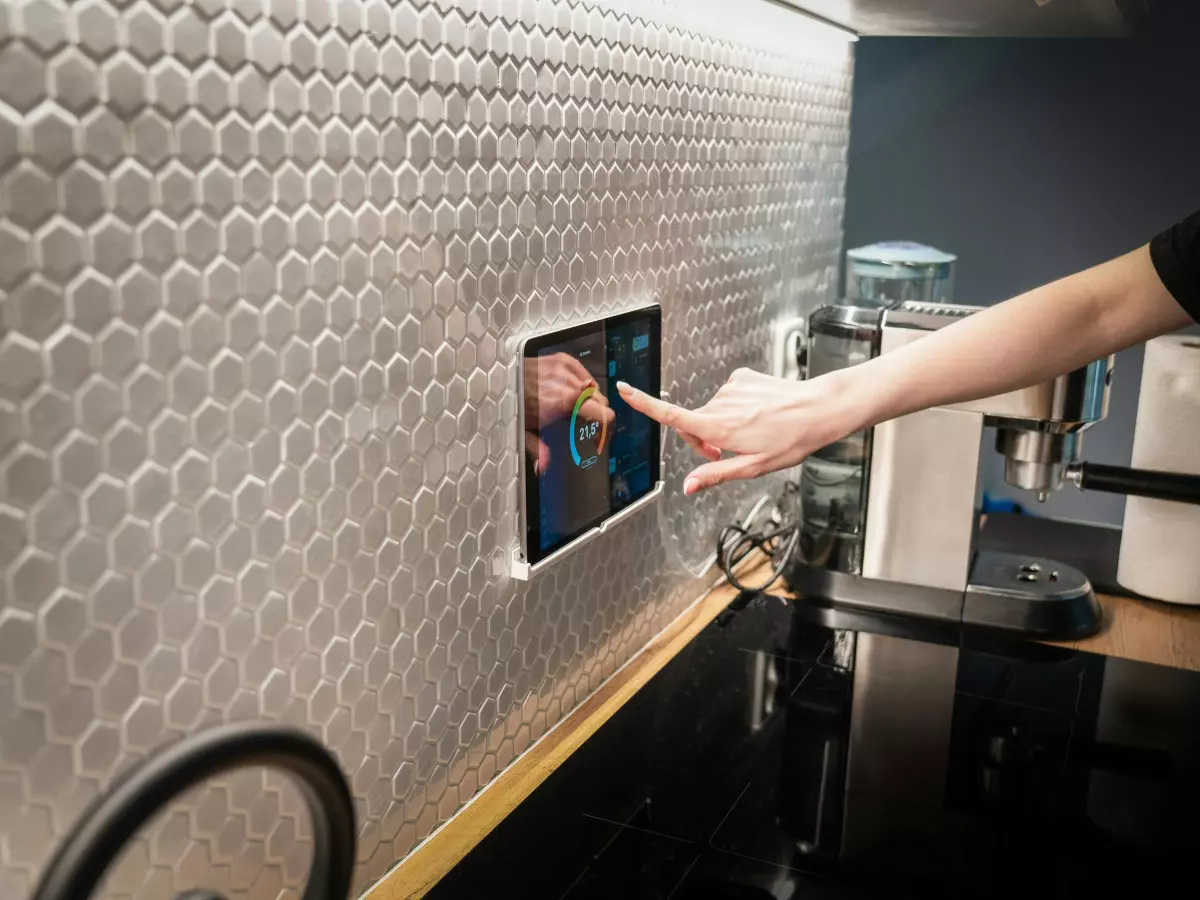Lost in Translation
Here's a myth: all smart home devices should automatically find and connect to each other without a hitch. Spoiler alert: they don't. And it's not just your Wi-Fi acting up.

By Jason Patel
Let me paint you a picture. You’ve just bought a shiny new smart light bulb. You’re excited, ready to bask in the glow of your new tech-savvy life. You open the app, follow the instructions, and... nothing. The app can’t find the bulb. You try again, and again, and again. Still nothing. You’re now sitting in a dark room, questioning your life choices, and wondering if you should just stick to regular light switches.
Sound familiar? If you’ve ever tried to set up a smart home device, you’ve probably been there. The frustration of device discovery—or rather, the lack of it—is real. But why is it so hard for smart home devices to find each other? Shouldn’t they just... work? Well, it turns out there’s a lot going on behind the scenes that makes device discovery more complicated than it seems.
What is Device Discovery?
Before we dive into the technical weeds, let’s define what we’re talking about. Device discovery is the process by which smart home devices find and connect to each other on a network. It’s that magical moment when your smart speaker says, “I’ve found your smart light,” and you can finally control everything from your phone or voice assistant.
But here’s the catch: for that magic to happen, a lot of things need to go right. The devices need to be on the same network, they need to speak the same language (protocol), and they need to be able to communicate without interference. If any of those things go wrong, you’re left in the dark—literally.
The Protocol Problem
One of the biggest challenges with device discovery is the sheer number of different protocols and standards that smart home devices use. You’ve got Wi-Fi, Zigbee, Z-Wave, Bluetooth, Thread, and more. Each of these protocols has its own way of handling device discovery, and they don’t always play nicely with each other.
For example, Wi-Fi devices typically rely on your home router to manage connections. But Zigbee and Z-Wave devices use mesh networks, where each device acts as a node that can relay signals to other devices. Bluetooth, on the other hand, is more limited in range and often requires a hub or gateway to connect to your broader smart home network.
So, when you’re trying to add a new device to your smart home, it’s not just about getting it on the network—it’s about getting it on the right network, with the right protocol, and making sure it can talk to the other devices already in your home. If your devices are speaking different languages, they’re not going to find each other.
Connectivity Standards: The Wild West
Another issue is the lack of universal connectivity standards. While there are efforts to create more interoperability between devices (hello, Matter protocol), the smart home landscape is still a bit of a wild west. Different manufacturers use different standards, and not all devices are compatible with each other.
This means that even if your smart home devices are technically on the same network, they might not be able to discover each other because they’re using different communication protocols. It’s like trying to have a conversation with someone who speaks a completely different language—without a translator, you’re not getting very far.
Network Congestion and Interference
Even if your devices are using the same protocol, there’s another hurdle to overcome: network congestion and interference. Your home is probably filled with devices that are all competing for bandwidth—smartphones, laptops, tablets, and now smart home devices. If your network is overloaded, it can slow down or even prevent device discovery.
Interference from other wireless signals can also be a problem. Wi-Fi and Bluetooth, for example, both operate on the 2.4 GHz frequency band, which can lead to interference if you’ve got too many devices trying to use the same frequency. This can cause devices to drop off the network or fail to discover each other in the first place.
Security Protocols: A Double-Edged Sword
Security is another factor that can complicate device discovery. Many smart home devices use encryption and other security protocols to protect your data and prevent unauthorized access. While this is a good thing, it can also make it harder for devices to discover each other, especially if they’re using different security standards.
For example, some devices require you to enter a PIN or scan a QR code to pair them with your network. Others might use more advanced security measures like WPA3 encryption, which can make it harder for older devices to connect. In some cases, security protocols can even block device discovery entirely if they detect something suspicious.
How to Improve Device Discovery
So, what can you do to improve device discovery in your smart home? Here are a few tips:
- Stick to one protocol: If possible, try to use devices that all operate on the same protocol (e.g., all Zigbee or all Wi-Fi). This will make it easier for them to discover and communicate with each other.
- Use a hub: Many smart home systems offer hubs that act as a central point for device discovery and communication. A hub can help bridge the gap between different protocols and make it easier for devices to find each other.
- Reduce interference: Make sure your network isn’t overloaded with too many devices, and try to minimize interference from other wireless signals. You can also try moving your router or devices to different locations to improve signal strength.
- Update firmware: Keeping your devices’ firmware up to date can help improve device discovery and fix bugs that might be causing issues.
- Check security settings: Make sure your security settings aren’t too strict, as they can sometimes block device discovery. If you’re having trouble, try temporarily lowering your security settings to see if that helps.
Conclusion: The Future of Device Discovery
While device discovery can be frustrating, it’s important to remember that the smart home industry is still evolving. New protocols like Matter are aiming to create more interoperability between devices, which should make discovery easier in the future. In the meantime, following the tips above can help you avoid some of the common pitfalls and get your smart home devices talking to each other.
So, the next time you’re sitting in a dark room, wondering why your smart light bulb won’t connect, just remember: you’re not alone. Device discovery is a common pain point, but with a little patience (and maybe a few network tweaks), you’ll be basking in the glow of your smart home in no time.





